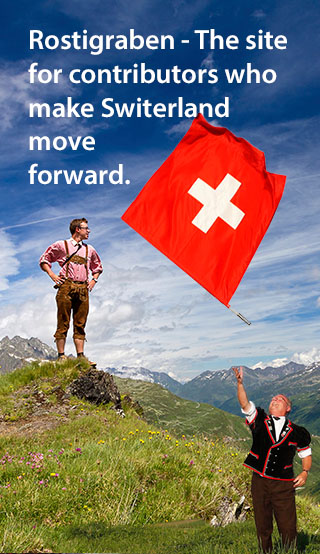Solar Impulse took off
Several EPFL laboratories have participated in the development of the technologies enabling the solar aircraft to take off from Abu Dhabi today for its first trip around the world without a single drop of fuel.
Solar Impulse took off. It left Abu Dhabi today at 7 am, local time (4 am swiss time), thus beginning the solar plane’s journey around the world. The trip will consist of several flights, day and night. Two pilots, Bertrand Piccard and André Borschberg will be alternating at the controls. They are expected to fly over Burma and the Great Wall of China, before crossing the Pacific Ocean, the United States and the Atlantic Ocean. A dozen stages have been planned, including Varanasi in India, Nanjing in China, Hawaii and Phoenix in the Americas. The last phase will take place in Southern Europe and North Africa before returning to the starting point at around the end of July or the beginning of August 2015.
Solar Impulse, designed to fly for five days and five nights in a row without a single drop of fuel, brings together the most innovative technologies in energy and materials. EPFL was the project’s scientific advisor and has been involved in its development from the outset in 2003. All in all, around twenty EPFL laboratories and centers have been involved in diverse areas of the project such as virtual representation, solar power, embedded electronics or man-machine relationship.
For instance, EPFL provided its support for the selection of some composite materials or sandwich structures aiming to lighten the weight of the aircraft’s general structure. It also performed load tests on prototype elements of the wing structures to allow the Solar Impulse engineers check their resistance.
Real conditions
EPFL experts also lent their hand in several aspects relating to photovoltaics, such as the selection of protective films covering the solar panels. They also tested solar cells under real conditions to analyze the effect of clouds on their efficiency. As for the plane’s engine, the researchers created a multi-physical model to optimize its energy systems and developed and tested a prototype.
Another team of researchers was in charge of measuring with electrodes the two pilots’ brain activity for a virtual 72 hours flight. These data, coupled to the observation of the eyes movement and the relaxation of the chin muscles, allow analyzing the degree of their attention. The assessments carried out during these tests were part of the preparations the pilots went through to manage the risk of loss of vigilance.
An exhibition presenting the project and EPFL’s involvement is open on the campus from 1 March to 31 July.
Photo credits: Solar Impulse
Sarah Perrin, Mediacom – EPFL


